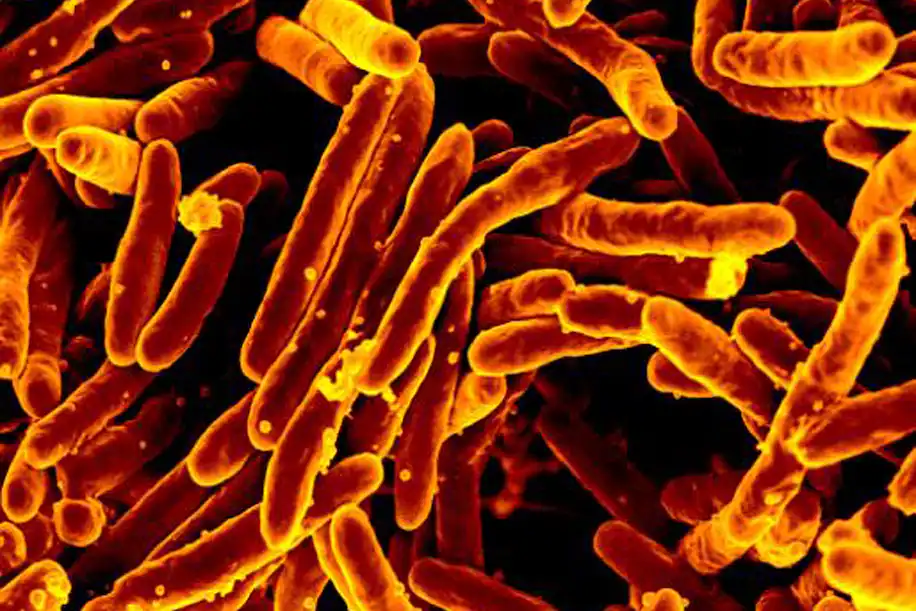The Centers for Disease Control and Prevention (CDC) disclosed the origin of a second nationwide tuberculosis (TB) outbreak on Thursday.
The CDC identified two TB patients in early July 2023 who had undergone spinal surgeries involving allografts containing live cells from the same deceased donor.
Subsequently, both patients contracted the disease, with one developing symptoms of meningitis five weeks after surgery.
Another health department notified the CDC about a positive TB test in a patient with a persistent infection at the surgical site. Both health departments noted similarities with a 2021 TB outbreak and requested CDC intervention.
By July 14, an additional 36 patients were confirmed to have received procedures involving at least one “unit of product” (likely referring to tissue grafts). The allograft was confirmed as the source of transmission.

According to the CDC, TB can manifest as active or inactive. Active TB presents symptoms such as persistent cough lasting more than three weeks, sometimes with sputum or blood, along with weakness, fatigue, chest pain, fever, loss of appetite, night sweats, weight loss, and chills.
Inactive TB shows no symptoms, and the disease is non-contagious in these cases.
The CDC has called for enhanced donor screening and culture-based testing to prevent similar incidents. It questions why such practices are not already standard under CDC regulations.
The agency previously took extensive measures to ensure widespread COVID-19 vaccination to avert anticipated health crises. Applying the same urgency to donor screenings seems logical, doesn’t it?
